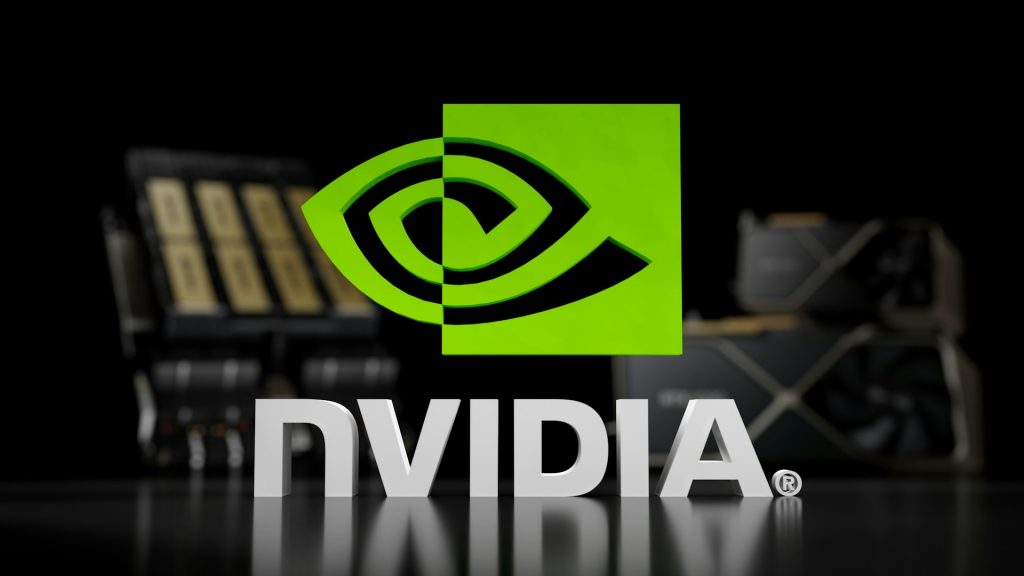Chipmaker Nvidia has announced plans to build two advanced supercomputer factories in Texas, in a move it says will contribute up to $500 billion worth of AI infrastructure in the United States over the next four years. While the announcement has been celebrated by former President Donald Trump as a success of his tariff policies, many of the outlined initiatives are not new.
According to Nvidia, the upcoming facilities will be developed in partnership with two major Asian contract manufacturers: Foxconn in Houston and Wistron in Dallas. The company stated that mass production at these sites is expected to begin within 12 to 15 months.
Nvidia CEO Jensen Huang emphasized that this would mark the first time the company’s high-performance AI chips will be manufactured in the United States. The White House welcomed the announcement, calling it a positive step for both the U.S. economy and national security.
In addition to the Texas projects, Nvidia confirmed that production of AI training and operational chips has already begun in Arizona, in collaboration with Taiwan’s leading semiconductor company, TSMC. These chips have become central to the rapidly growing AI industry, with Nvidia’s technology seen as essential to powering new artificial intelligence systems.
A Strategic Shift with Political Implications
The majority of Nvidia’s chips have historically been produced in Taiwan, which initially subjected them to a 32% tariff imposed during Trump’s presidency. More recently, the U.S. government has reduced tariffs for all countries except China, lowering them to 10%. Still, concerns remain over the heavy reliance on production in East Asia, especially given rising geopolitical tensions with China, which could jeopardize the global supply of cutting-edge semiconductors.
Even before Trump’s renewed focus on tariffs, former President Joe Biden had made efforts to draw chipmakers to the U.S. by offering tens of billions of dollars in subsidies. His administration’s commitment of approximately $40 billion in federal funding led several companies to announce plans for new U.S.-based chip manufacturing facilities.
Not Entirely New Plans
Although the timing of Nvidia’s announcement aligns with current trade debates, much of what the company presented was a consolidation of long-standing plans and decisions made years ago. The impressive $500 billion figure largely reflects existing infrastructure goals already in place among major cloud providers who are expanding their data center capacities to meet the growing demands of AI workloads.
Nevertheless, Trump seized on Nvidia’s announcement to credit his trade policies, calling it “one of the biggest announcements ever.” While the full scope and impact of Nvidia’s U.S. investment remains to be seen, the development signals an ongoing effort by the U.S. to strengthen its position in the global semiconductor race and reduce dependence on overseas production.
You may also like
-
SK Hynix Outlook Upgraded to ‘Positive’ by S&P and Fitch on HBM Dominance
-
Remitly Global: Empowering Immigrant Communities Through Digital Financial Services
-
AVITA Medical Advances Skin Regeneration With Innovative RECELL System
-
Tesla Stock: Analyst Predicts Rebound Despite Political Turmoil and Sales Slump
-
Mercedes Offers Severance Packages of Up to €500,000 as Part of Cost-Cutting Plan
